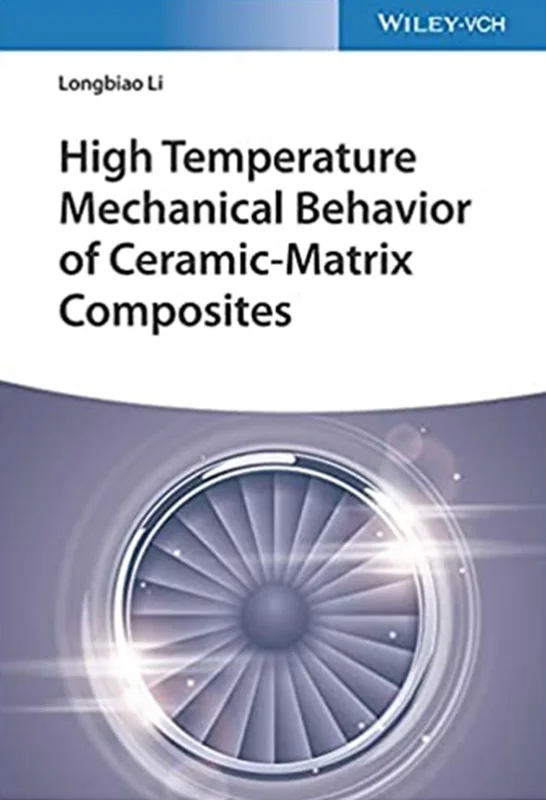High Temperature Mechanical Behavior of Ceramic-Matrix Composites
Longbiao Li | 3527349030, 978-3527349036, 9783527349036, B096YPFGSF
PDF 2021
High Temperature Mechanical Behavior of Ceramic-Matrix Composites
Covers the latest research on the high-temperature mechanical behavior of ceramic-matrix composites
Due to their high temperature resistance, strength and rigidity, relatively light weight, and corrosion resistance, ceramic-matrix composites (CMCs) are widely used across the aerospace and energy industries. As these advanced composites of ceramics and various fibers become increasingly important in the development of new materials, understanding the high-temperature mechanical behavior and failure mechanisms of CMCs is essential to ensure the reliability and safety of practical applications.
High Temperature Mechanical Behavior of Ceramic-Matrix Composites examines the behavior of CMCs at elevated temperature—outlining the latest developments in the field and presenting the results of recent research on different CMC characteristics, material properties, damage states, and temperatures. This up-to-date resource investigates the high-temperature behavior of CMCs in relation to first matrix cracking, matrix multiple cracking, tensile damage and fracture, fatigue hysteresis loops, stress-rupture, vibration damping, and more.
This authoritative volume:
•Details the relationships between various high-temperature conditions and experiment results
•Features an introduction to the tensile, vibration, fatigue, and stress-rupture behavior of CMCs at elevated temperatures
•Investigates temperature- and time-dependent cracking stress, deformation, damage, and fracture of fiber-reinforced CMCs
•Includes full references and internet links to source material
Written by a leading international researcher in the field, High Temperature Mechanical Behavior of Ceramic-Matrix Composites is an invaluable resource for materials scientists, surface chemists, organic chemists, aerospace engineers, and other professionals working with CMCs.


